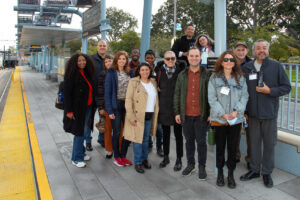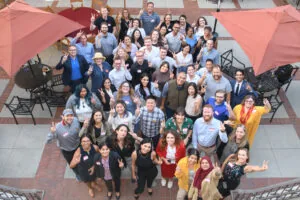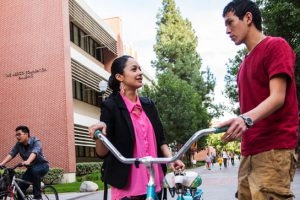Description
In the fall of 2020, California wildfires gained nationwide coverage with images of blood orange skies and air filled with smoke. Amidst the chaos, rising COVID-19 cases within the state — and beyond — amplified racial and social disparities, underscoring police violence against communities of color.
Facing some of its darkest days in recent history, the future of California seemed especially prescient, reflecting some of science fiction’s most distressing portrayals.
In this seminar, climate change experts and fiction writers discuss a California that increasingly resembles the dystopia of Octavia E. Butler’s classic novel Parable of the Sower. They also question, how do social and environmental distress amplify each other? Do fictional depictions of California’s future inform, encourage or hinder efforts to build a better future? And can utopian visions still play a role?
The panel features John Bwarie, founder and CEO of Stratiscope; Ayana A. H. Jamieson, founder of Octavia E. Butler Legacy Network; Kim Stanley Robinson, science fiction author; and Daniel Swain, climate scientist. The discussion is moderated by Carolina A. Miranda, Los Angeles Times culture columnist, and is organized by Nathan Masters, Curtis Fletcher and Bo Daub from the USC Libraries.
Who Will Benefit
– Climate change activists looking to dig deeper into the science fiction novels depicting climate change in California
– Sci fi readers who want to know how authors tackled the topic of climate change in 1990s
– Environmentalists hoping to uncover how the prediction of climate scientists
About Our Featured Faculty
Nathan Masters is manager of academic events and programming communications for the USC Libraries. He covers USC’s relationship with Los Angeles and the myriad ways the university enriches our understanding of the surrounding metropolis. He also writes regularly about Southern California history for KCET.org and Los Angeles Magazine and blogs about L.A. urbanism at Gizmodo’s Southland subdomain.




